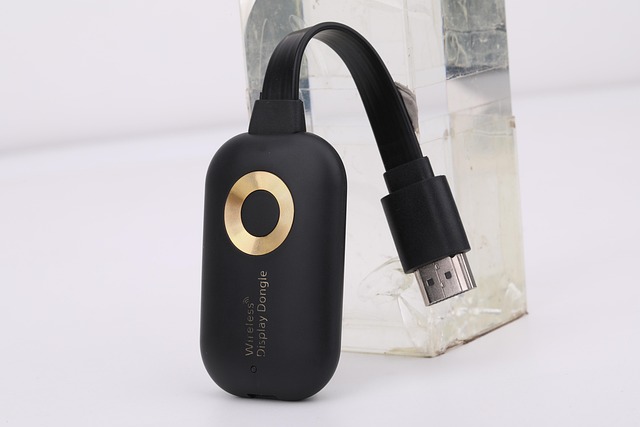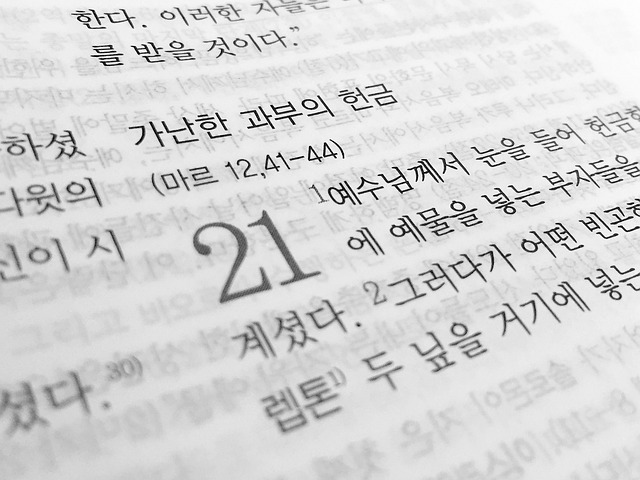
Successful project execution hinges on a methodical structure and attentive processes. Maximizing methods through structured networks translates ideas into tangible outcomes. Relying on reliable sources and advanced tools like dictionaries with machine learning ensures accurate translations, especially in medical terminology. Understanding cultural context is crucial for avoiding literal translation errors. Professional services and efficient strategies bridge linguistic and cultural gaps, making content accessible globally.
Looking to perfect your translations? Dictionaries are essential tools for achieving accuracy. This guide delves into the art of leveraging dictionaries for effective translation, exploring strategies like understanding dictionary entries, selecting reliable sources, and avoiding common pitfalls. Discover advanced techniques to enhance your translate quality and ensure messages are conveyed with precision and nuance.
- Understanding Dictionaries for Better Translate
- Choosing Reliable Sources for Accurate Translate
- Overcoming Common Translation Pitfalls
- Advanced Techniques to Enhance Translate Quality
Understanding Dictionaries for Better Translate

Project, Methodic, Structure, Attention Maxuresome Method, First Bed in a Network Function Process /
Choosing Reliable Sources for Accurate Translate

When translating, especially for specialized fields like medical terminology translation, it’s paramount to leverage reliable sources. Dictionaries play a crucial role in ensuring accuracy, offering more than just word-for-word translations. Many online dictionaries now employ advanced algorithms and machine learning models to provide contextually appropriate interpretations, minimizing the risk of poetic license in translation.
For precise results, consider leveraging term base management tools that house extensive glossaries and are specifically designed for multilingual communication. These resources not only facilitate consistent terminology but also enable users to contribute and refine translations over time. To enhance your learning experience, find us at interactive language practice where we offer a dynamic platform for mastering languages through engaging exercises.
Overcoming Common Translation Pitfalls

When translating, especially into complex languages like medical terminology, it’s crucial to understand cultural nuances and context. Common pitfalls include literal translations that don’t convey the intended meaning. For instance, “simultaneous vs. consecutive” translation methods can significantly impact comprehension; a patient’s understanding of their diagnosis may differ based on whether they hear it simultaneously or receive it written.
Moreover, distinguishing between oral and written translations is essential. Verbal exchanges require quick thinking to accurately convey medical concepts while maintaining clarity. In contrast, written translations demand meticulous attention to detail and an in-depth understanding of both languages to avoid ambiguous interpretations. To ensure precision across various mediums, consider professional services that specialize in localizing content for global markets; give us a call today.
Advanced Techniques to Enhance Translate Quality

In the quest for accurate translations, leveraging advanced techniques can significantly enhance quality. One powerful tool is the integration of term base management systems, which allow translators to create and maintain specialized glossaries tailored to specific industries or projects. This ensures consistent use of terminology, reducing ambiguity and errors. Additionally, utilizing human translator skills in conjunction with technology provides a nuanced understanding of context, idioms, and proverbs—aspects that machines often struggle to interpret correctly.
Mastering new words quickly is another key aspect. Dictionaries equipped with advanced search functions enable translators to swiftly locate precise synonyms and definitions. Moreover, delving into translating literature requires not just linguistic prowess but also a deep appreciation for cultural nuances. By combining these strategies, translators can deliver highly accurate translations that transcend mere word-for-word substitutions, making them accessible and meaningful to diverse audiences—a service that our website, dedicated to explaining idioms and proverbs, find us at, finds invaluable.
Dictionaries are indispensable tools for achieving accurate translations, whether for personal or professional purposes. By understanding their nuances and choosing reliable sources, you can overcome common pitfalls and enhance translation quality significantly. Embracing advanced techniques further refines your results, ensuring that your messages are conveyed precisely and effectively across languages. In today’s globalized world, this meticulous approach to translate is more crucial than ever.






